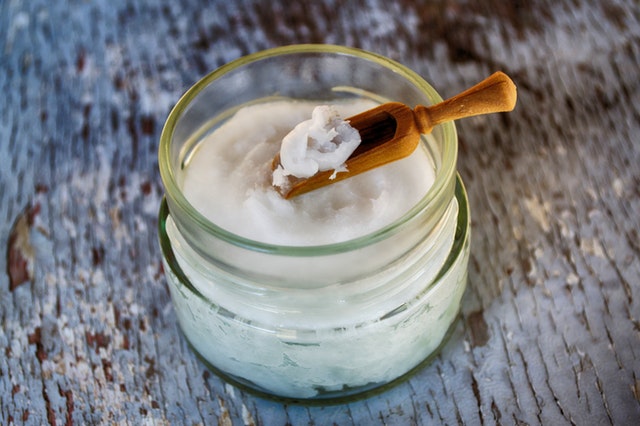In this environmentally-conscious world, the words organic and natural have become quite popular. These terms pertain not only to nourishment but beauty and skincare as well. We can see the market flooded with skincare products labeled as natural and organic, or both. Is organic also natural? How can we make the distinction?
The marketing and publicity continue to confuse and disappoint consumers trying to make informed choices about their personal beauty and care regimen. It has become harder to figure out the safer and more effective option. Oftentimes, labels don’t reflect the real contents or ingredients inside the packaging.
What Labels Say?
The variance between labels of natural against organic has one bottom line – “Regulation.” The United States Department of Agriculture regulates the term, “Certified Organic.” To become eligible, product components must not contain hazardous pesticides or Nitrogen, Phosphorus, and Potassium (NPK) fertilizers. Animal products must not have any growth hormones or antibiotics.
On the other hand, almost no regulation exists for “Natural” or “All-Natural” brands. The downside is some commodities may have processed and potentially unsafe plant-derived substances. However, claims that goods are natural may be authentic. Plants which include Aloe Vera, Chamomile, Shea tree, and essential oils represent natural ingredients that benefit our skin and hair.
What’s the main point of this discussion? Let’s not be deceived by branding. Make it a point to check the ingredients’ description? It is the part of every product packaging that always tells the truth unless manufacturers want to break the law.
Why Organic?
The terminology indicates how the ingredients were grown. Farming does not include insect killers, chemical stimulants, antibiotics, or growth hormones. The use of “Organic” on beauty items remain highly regulate. No accrediting entity holds the official or sanctioned organic policy implementation worldwide. From the organic point of view, we need to nourish our skin with wholesome ingredients just like eating healthy foods. Some of the common ingredients include coconut oil, cacao, and turmeric.
Yet, remember that even if companies use the word organic in their packaging, this doesn’t guarantee the commodity is 100% organic. In most countries, organic goods must have between 70% and 95% plant-based components to carry that claim. The tag must be used visibly in front of legitimate ingredients only in the ingredient list.
With regards to Certified Organic, the claim must conform to stringent specifications that are more than the organic prerequisites. Ingredients are cultivated and prepared under strict rules although the concentration (in percentage) should be higher.
Why Natural?
Natural refers to anything which is an animal, plant, or mineral derivative. Trademarks certified natural or claiming to be natural do not fall under regulation by governing agencies. Thus, manufacturers can use this description on the packaging as marketing strategy. In other words, skincare formulas containing a few natural ingredients can make the natural title despite inclusion of artificial compounds.
An effective method of checking is by turning the bottle or container upside-down or around and scrutinizing the list. Ingredients are recorded in the order of percentage from the highest to the lowest. These should be enumerated towards the bottom if you try to limit artificial ingredients. At the same time, don’t let the scientific terms confuse you whether the preservative is natural or manmade. Spend time to perform a bit of research to clear up any misperceptions.
Progress of Skincare Industry
The lucrative skincare and beauty industry continue to flourish regardless of whether consumers look for the organic or natural brands. Perhaps, it would be more practical to think in terms of staying away from dangerous chemicals rather than get baffled by terminologies. Societies have been using natural as well as organic for hundreds of years. It seems benefits overshadow the hazards
Why not use these products? The American Journal of Public Health disclosed that our skin takes in an average of 64% of fluids that touch the epidermis. Using natural or organic can possibly help minimize irritation that chemical-filled products can cause. Meanwhile, let us continue to monitor the disclosures coming from federal government agencies like the FDA as well as non-profit organizations about the use of natural, organic, and certified organic remedies for the human skin and body. We don’t lose anything by becoming more cautious.


Leave a Reply